Explore the Best of Japan’s Countryside: 5 Destinations to Visit in 2025
From the traditional post towns of Tsumago and Narai-juku to the serene beauty of Hakone and Oshino, discover the most scenic spots in the Japanese countryside worth visiting in 2025.
1. Oshino Village: A Fuji-Facing Gem in Japan’s Countryside
Located near Mt. Fuji, Oshino Village is a peaceful countryside escape known for its crystal-clear spring ponds at Oshino Hakkai. Visitors can also enjoy family-friendly attractions like the Oshino Ninja Village and take a quiet stroll along the Shinnashogawa Promenade. The Mt. Fuji World Heritage Center (Oshino Branch) adds cultural depth, making this village a perfect mix of nature and tradition.
Main Highlights in Oshino Village
1. Oshino Hakkai
Overview: Oshino Hakkai is a group of eight crystal-clear ponds formed by the snowmelt from Mt. Fuji, filtered through volcanic rock over decades. Surrounded by traditional thatched-roof houses, the area preserves the feel of old Japan.
Why Visit: walk along the wooden paths and peer into the ponds teeming with life. You can even taste the fresh spring water and experience the tranquil scenery.
2. Oshino Ninja Village
Overview: Oshino Shinobi no Sato is a ninja-themed park at the foot of Mt. Fuji in Yamanashi Prefecture. Popular with families and ninja fans, the park offers hands-on ninja experiences, shows, and traditional Japanese gardens. Try ninja training, enjoy performances, and explore the beautiful grounds with Mt. Fuji as a backdrop. Learn more at Oshino Shinobi no Sato.
Entry Fee (Ninja-themed Park)
| Age Group | Fee |
|---|---|
| Adult | ¥1,900 |
| Elementary School Student | ¥1,400 |
| Child (Ages 3 and up) |
¥1,100 |
Entry fee includes admission to the ninja show, trick house, and ninja athletics area.
3. Shinnashogawa Promenade
Overview: Shinnashogawa Promenade is a peaceful walking trail along a clear stream near Oshino Hakkai, surrounded by seasonal flowers and cherry blossoms.
Why Visit: It’s a perfect photo spot for catching the reflection of Mt. Fuji on the water. Best visited in the morning or evening light.
4. Mt. Fuji World Heritage Center (Oshino Annex)
Overview: Mt. Fuji World Heritage Center uses interactive exhibits to explore the geological and cultural history of Mt. Fuji.
Why Visit: Enhance your understanding of the mountain before or after your visit, with hands-on experiences and short films.
Why I Chose These Escapes
When most people plan a trip to Japan, places like Tokyo(especially Shibuya, Shinjuku and Ikebukuro), Osaka usually come to mind—full of excitement, crowds, and sensory overload. These cities are amazing, no doubt, but they can also be exhausting, especially for those of us craving a slower, more peaceful journey.
That’s why I created this guide: to highlight the aesthetic side of Japan that often gets overlooked. These are places where you can pause, breathe, and truly connect with your surroundings. You won’t need to venture deep into the wilderness, but you’ll definitely be stepping away from the noise. Whether you're chasing scenic views, quiet walks, or simply a beautiful moment worth photographing, these spots offer a fresh perspective on traveling through Japan.
2. Sayama & Tokorozawa: Tea Fields and Airplanes Near Tokyo
These neighboring countryside cities in Saitama offer a unique blend of calm and energy. Sayama is famous for its lush tea fields and tranquil ambiance, while Tokorozawa hosts the sprawling Aviation Memorial Park and Belluna Dome, home to pro baseball excitement. Together, they make a refreshing countryside break just outside Tokyo.
Main Highlights in Sayama & Tokorozawa
1.Sayama Tea Fields
Overview: Nestled in Tokorozawa’s countryside, the Sayama Tea Fields stretch across rolling hills, offering a serene landscape dotted with lush green tea bushes.
Why Visit: Visitors can enjoy hands-on tea picking during harvest season and taste freshly brewed Sayama tea—an ideal way to immerse yourself in traditional Japanese tea culture.
2. Belluna Dome (Seibu Dome)
Overview: Located in Tokorozawa, Belluna Dome (also known as Seibu Dome) is a distinctive stadium known for hosting professional baseball games and seasonal events.
Why Visit: Whether you're a sports fan or just love lively atmospheres, watching a game at Belluna Dome offers an unforgettable experience—complete with cheering crowds, tasty food stalls, and exciting fan activities.
3. Tokorozawa Aviation Memorial Park
Overview: A spacious park dedicated to Japan’s aviation history, featuring aircraft displays, a museum, and wide open spaces. Families love spending the day at Tokorozawa Aviation Memorial Park.
Why Visit: Explore aviation exhibits, walk or picnic in the park, and enjoy outdoor activities suitable for all ages.
4. Seibu-en Amusement Park
Overview: A family-friendly amusement park located in Tokorozawa with rides, attractions, and seasonal events. If you're traveling with kids, Seibu-en Amusement Park offers a perfect mix of fun and relaxation.
Why Visit: Perfect for a fun day out with thrilling rides, relaxing gardens, and festive seasonal celebrations.
3. Step Back in Time: Historic Post Towns on the Nakasendo
Tsumago, Magome, and Narai-juku are beautifully preserved Edo-period post towns nestled in Japan’s central countryside. Walking between Tsumago and Magome on the old Nakasendo Trail feels like traveling back in time, with cobbled paths, wooden inns, and quiet mountain scenery. Narai-juku, slightly farther north, offers a more hidden and equally enchanting experience.
Main Highlights in Tsumago, Magome & Narai-juku
1. Tsumago-juku
Overview: Nestled in the mountains of Nagano, this charming post town is one of the best-preserved Edo-period villages — yes, we’re talking about Tsumago-juku. With its car-free streets, traditional wooden inns, and nostalgic stone paths, it feels like stepping back in time.
Why Visit: Tsumago offers an immersive historical experience. Stay overnight in a cozy ryokan and enjoy the peaceful rhythms of countryside life, far removed from the modern world.
The Hiking trail below is a perfect route to enjoy both history and nature. Often referred to as the "Samurai Trail ," it’s popular among international travelers looking to experience the preserved beauty of Japan’s Edo-period post towns and scenic countryside.
2. Magome-juku
Overview: Perched on a scenic hillside with dramatic views and stone-paved streets, Magome-juku marks one end of the famous trail to Tsumago. It’s a beautifully restored post town that blends Edo-period atmosphere with breathtaking natural surroundings.
Why Visit: Magome is perfect for hikers and history lovers alike. Its winding lanes, traditional teahouses, and the walk to Tsumago-juku make it one of the most rewarding stops along the Nakasendo Trail.
Annual Events & Traditional Festivals in Magome-juku
Month
Event Name
Description
February
Kisoji "Ice and Snow Lantern Festival" in Magome-juku
Experience magical winter scenery with illuminated snow
lanterns
along
the historic streets.
June
Hotaru (Firefly) Festival
Enjoy the enchanting sight of fireflies lighting up the
night in
the
Magome area.
July
Nagashi Somen Evening
Participate in the summer tradition of catching flowing
somen
noodles in
a bamboo flume.
August
Bon Odori, Reimei Taiko Drum Performance, Fujimura Memorial
Traditional Bon dance, dynamic taiko drumming, and a
memorial
event
for
author Toson Shimazaki.
October
Suwa Shrine Annual Festival
A local shrine festival featuring rituals and community
celebrations.
November
Magome-juku Festival, Akari Kaido, Autumn Parade, Shimada
Park
Light-up,
Magomeza Kabuki
Autumn events include parades, illuminated streets,
historical
reenactments, park light-ups, and traditional kabuki
performances.
| Month | Event Name | Description |
|---|---|---|
| February | Kisoji "Ice and Snow Lantern Festival" in Magome-juku | Experience magical winter scenery with illuminated snow lanterns along the historic streets. |
| June | Hotaru (Firefly) Festival | Enjoy the enchanting sight of fireflies lighting up the night in the Magome area. |
| July | Nagashi Somen Evening | Participate in the summer tradition of catching flowing somen noodles in a bamboo flume. |
| August | Bon Odori, Reimei Taiko Drum Performance, Fujimura Memorial | Traditional Bon dance, dynamic taiko drumming, and a memorial event for author Toson Shimazaki. |
| October | Suwa Shrine Annual Festival | A local shrine festival featuring rituals and community celebrations. |
| November | Magome-juku Festival, Akari Kaido, Autumn Parade, Shimada Park Light-up, Magomeza Kabuki | Autumn events include parades, illuminated streets, historical reenactments, park light-ups, and traditional kabuki performances. |
3. Narai-juku
Overview: Stretching over a kilometer, the beautifully preserved Narai-juku once flourished as the wealthiest post town along the Nakasendo route. Its long row of traditional merchant houses creates a striking and serene atmosphere.
Why Visit: Compared to Tsumago or Magome, Narai-juku is far less crowded, offering a quieter and more intimate journey into the past. It's a hidden gem that rewards travelers seeking timeless charm and authenticity.
Hakone: A Countryside Gateway of Shrines, Lakes, and Mountains
Though popular, Hakone retains its countryside charm with misty lakes, forested trails, and historic shrines. Visit the famous Hakone Shrine by the lake, climb to the Mototsumiya Shrine at the mountain’s peak, or explore the historic Hakone Checkpoint. It’s a perfect mix of nature, culture, and hot spring relaxation—all within reach of Tokyo.
Main Highlights in Hakone
1. Hakone Shrine
Overview: Nestled at the edge of Lake Ashi and surrounded by towering cedar trees, Hakone Shrine is known for its peaceful forest setting and iconic red torii gate by the water.
Why Visit: A must-see spiritual site, especially for its photo-worthy lakefront torii gate and sacred atmosphere.
2. Hakone Mototsumiya Shrine
Overview: Located at the summit of Mt. Komagatake, Hakone Mototsumiya Shrine offers panoramic views of Hakone and Mt. Fuji.
Why Visit: Take the Hakone Komagatake Ropeway and enjoy a quiet, elevated escape with breathtaking scenery and spiritual energy.
3. Owakudani Valley
Overview: A volcanic valley formed from the last eruption of Mt. Hakone, Owakudani Valley is known for its sulfur vents and black eggs boiled in hot springs.
Why Visit: A dramatic, otherworldly landscape that lets you experience Hakone's volcanic energy firsthand—plus, eating a black egg is said to add 7 years to your life!
4. Lake Ashi Cruise
Overview: Scenic boat cruises on Lake Ashi offer views of Mt. Fuji on clear days and pass by iconic sights like the Hakone Shrine torii gate.
Why Visit: A relaxing way to enjoy the landscape, especially from the deck of a themed pirate ship that adds a playful twist to the ride.
5. Hakone Old Road (Kyukaido)
Overview: A preserved section of the historic Tokaido highway, Hakone Old Road is lined with ancient cedar trees and stone pavement.
Why Visit: Walk the same path samurai and travelers once took to reach Edo, soaking in the forest tranquility and historical ambiance.
6. Hakone Checkpoint
Overview: A reconstructed Edo-period checkpoint, Hakone Checkpoint shows how officials monitored travelers entering and exiting the region.
Why Visit: Step into the world of feudal Japan with well-preserved buildings, informative exhibits, and scenic views of Lake Ashi.
5.Sagamihara: Nature, Parks, and Relaxed Suburban Vibes
Often overlooked, Sagamihara offers easy access to Japan’s countryside without going too far off the grid. With spacious parks, nearby mountains, and quiet riverbanks, it’s ideal for slow-paced exploration and family-friendly activities. It’s a great example of the Japanese countryside blending with suburban life.
Main Highlights in Sagamihara
1. Morimori Adventure
Overview: Morimori Adventure is a forest-themed amusement park near Sagamiko, featuring zip-lines, rope courses, and other outdoor attractions set in a lush natural setting.
Why Visit: It’s perfect for families and thrill-seekers who want to enjoy exciting activities in nature—just an hour from Tokyo.
2. Asamizo Park
Overview: Asamizo Park is a large public space with flower gardens, open lawns, a small zoo, and athletic fields. Seasonal flowers and events make it a popular local destination.
Why Visit: Ideal for a laid-back day with kids or friends—visit the petting zoo, enjoy picnics, and explore the beautiful seasonal flower beds.
3. Sagamihara Prefectural Park
Overview: Sagamihara Prefectural Park is an expansive, well-maintained green space featuring formal gardens, wide walking paths, and serene wooded areas.
Why Visit: A peaceful place to unwind, go for a stroll, or photograph seasonal landscapes—particularly known for cherry blossoms and autumn colors.
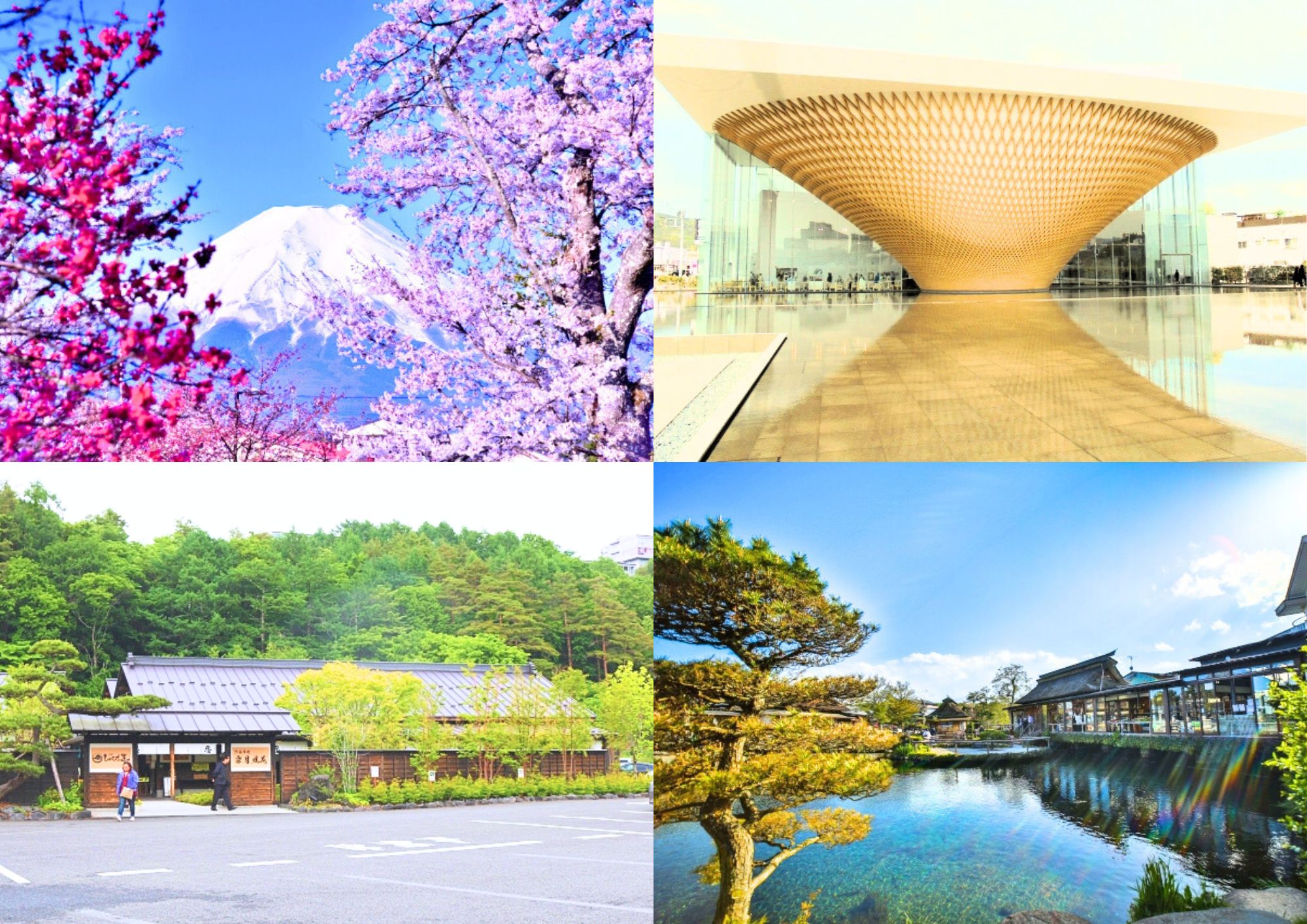
Oshino Hakkai, Oshino Ninja Village, Shinnashogawa Promenade, and Mt. Fuji World Heritage Center — the best spots to explore in Oshino Village.
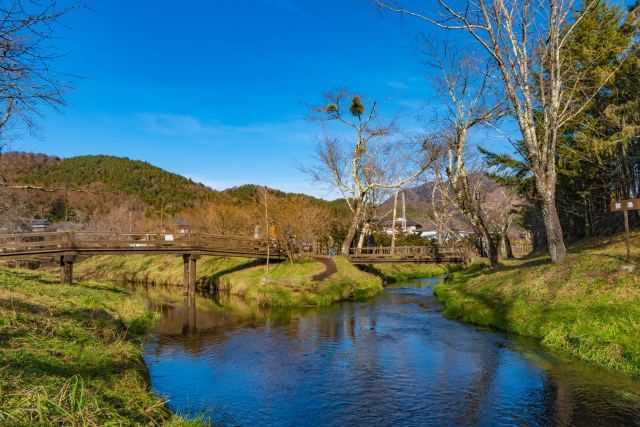
Oshino Hakkai features eight crystal-clear spring ponds formed by Mt. Fuji’s snowmelt.

Shinnashogawa Promenade is a peaceful riverside trail lined with seasonal flowers and cherry blossoms.
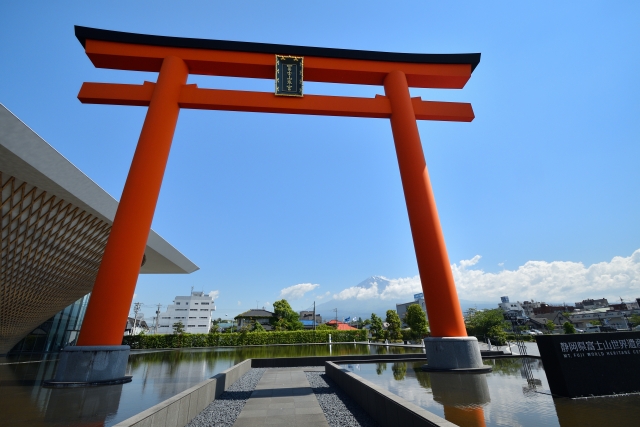
Mt. Fuji World Heritage Center (Oshino Branch) features hands-on exhibits and short films exploring Mt. Fuji’s natural and cultural significance.
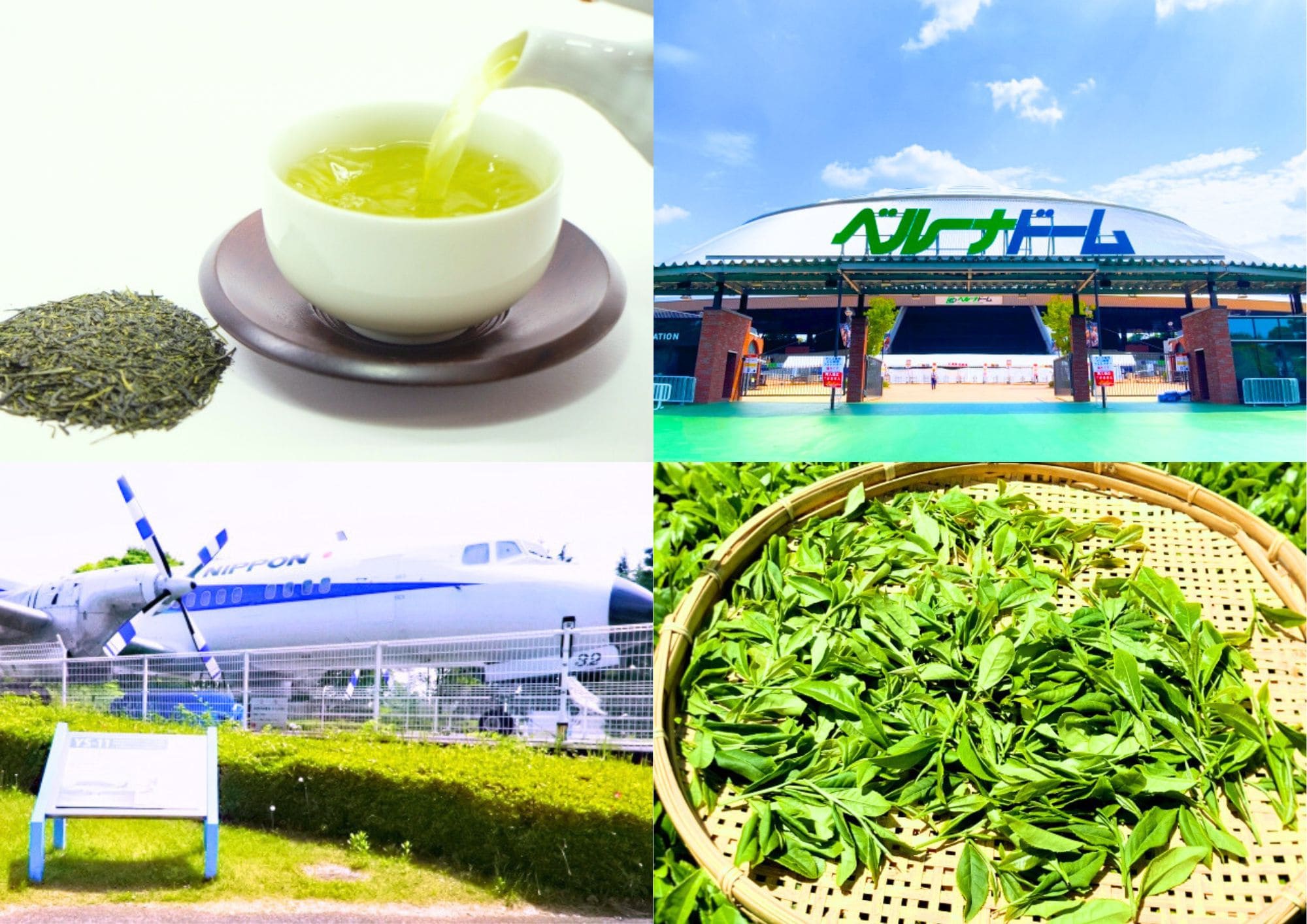
Sayama Tea Fields, Belluna Dome (Seibu Dome), and Tokorozawa Aviation Memorial Park — the highlights of rural charm and open space in Sayama & Tokorozawa.
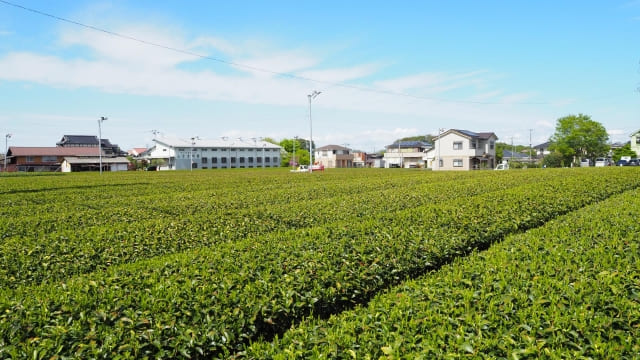
Sayama Tea Fields are famous for producing some of Japan’s richest teas — with neatly trimmed rows stretching across peaceful hillsides.
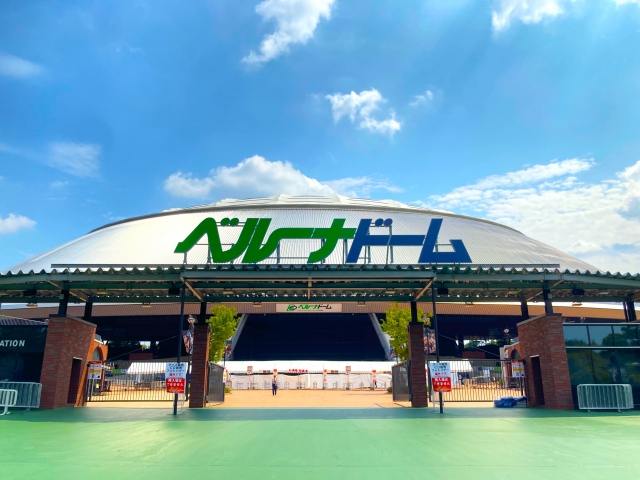
Belluna Dome, also known as Seibu Dome, is home to the Saitama Seibu Lions and offers a unique stadium-in-the-woods atmosphere.
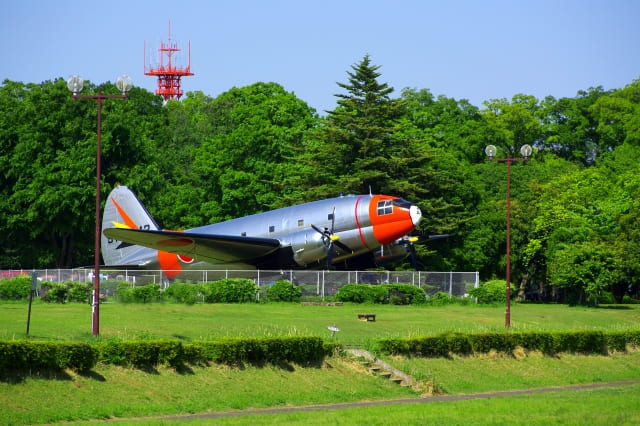
Tokorozawa Aviation Memorial Park is a spacious park with an aviation museum, retired planes on display, and open fields perfect for picnics and walking.
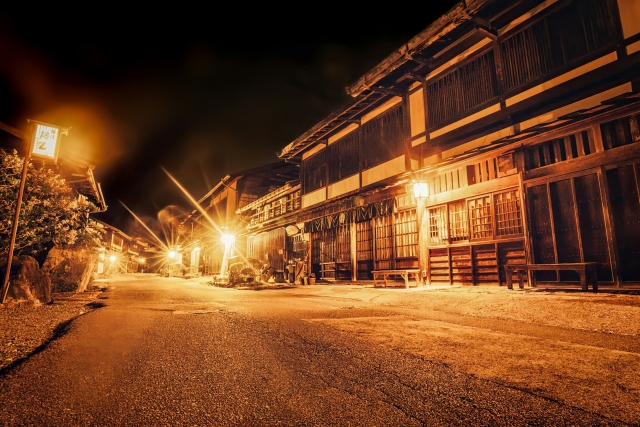
Tsumago is a beautifully preserved post town along the old Nakasendo Trail, where cars are banned during the day and the atmosphere feels frozen in time.
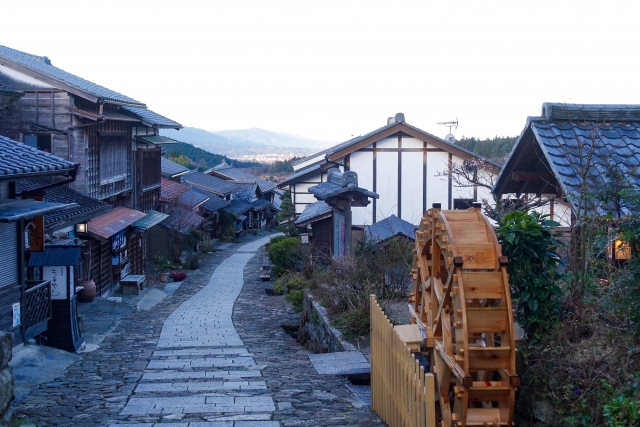
Magome offers sweeping mountain views and a charming stone walkway lined with rustic inns, craft shops, and old-style cafes.

Narai-juku is one of the longest and best-preserved post towns in Japan, known as “Narai of a Thousand Houses” — a serene village filled with Edo-period nostalgia.
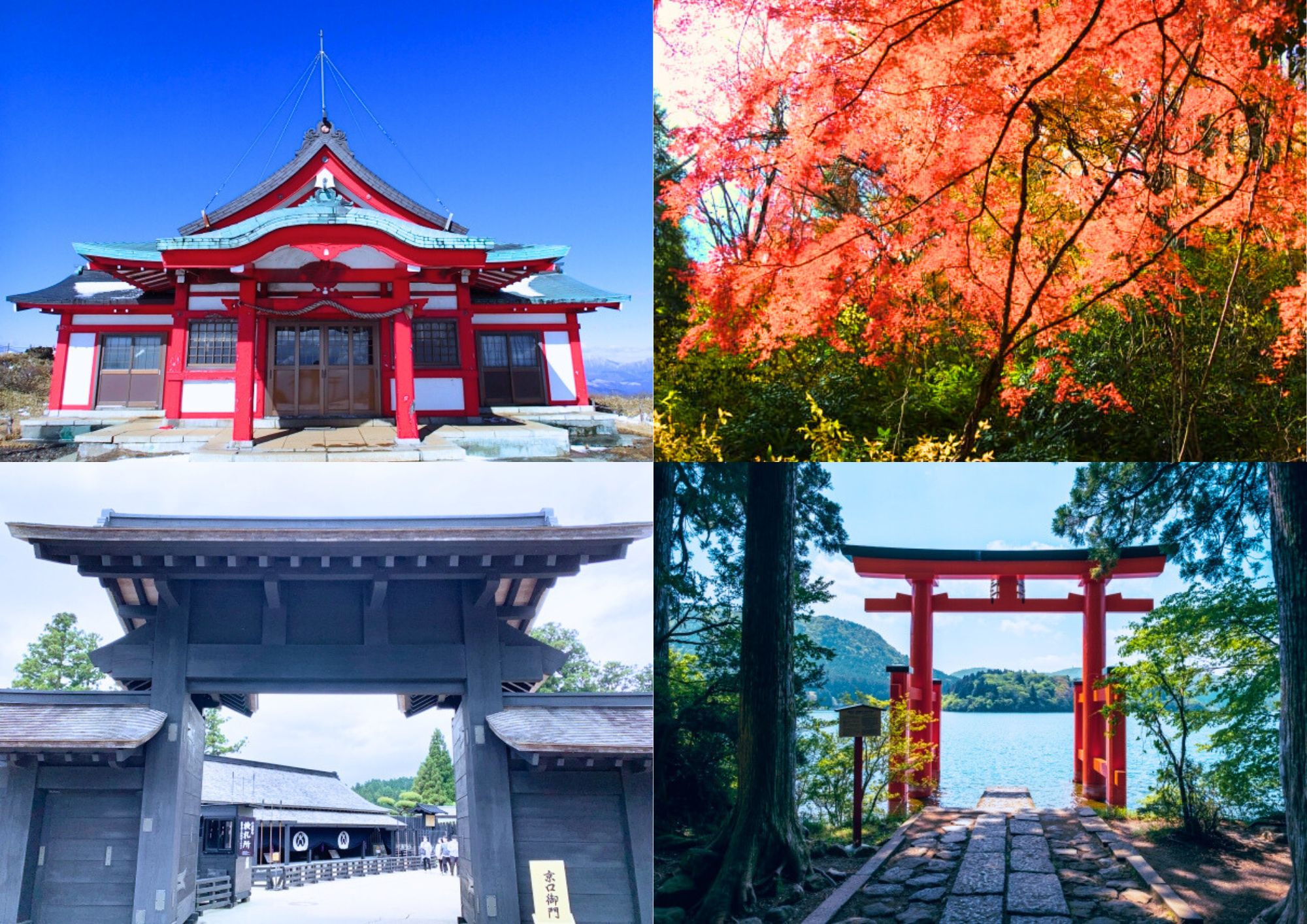
Hakone offers a rich blend of history and nature — explore the historic Sekisho Checkpoint, the spiritual Hakone Shrine by Lake Ashi, and the serene Old Tokaido Road lined with towering cedars.
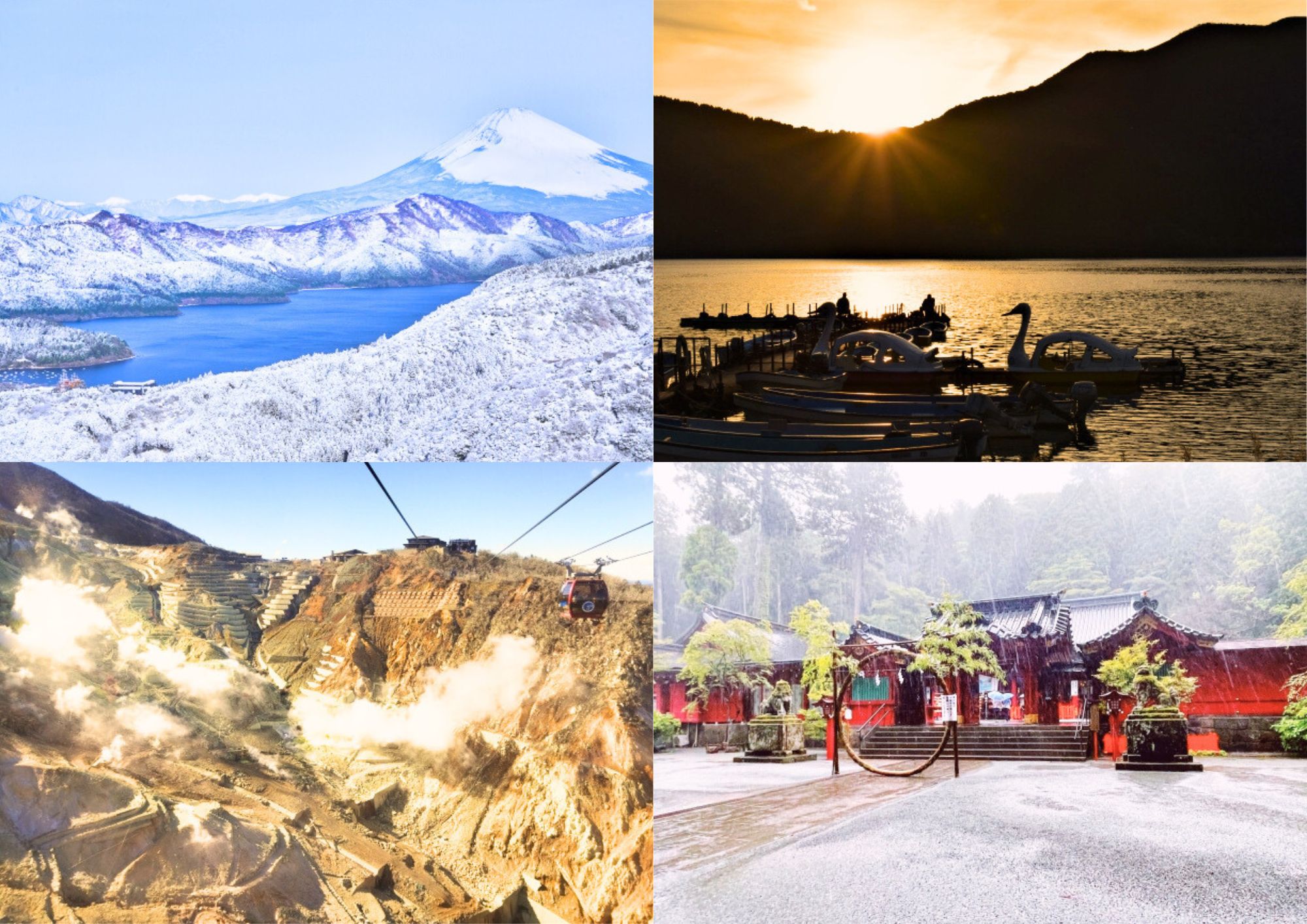
Hakone Ropeway offers breathtaking views of Lake Ashi, Mt. Fuji, and the vibrant seasonal landscapes as you glide through the mountains.
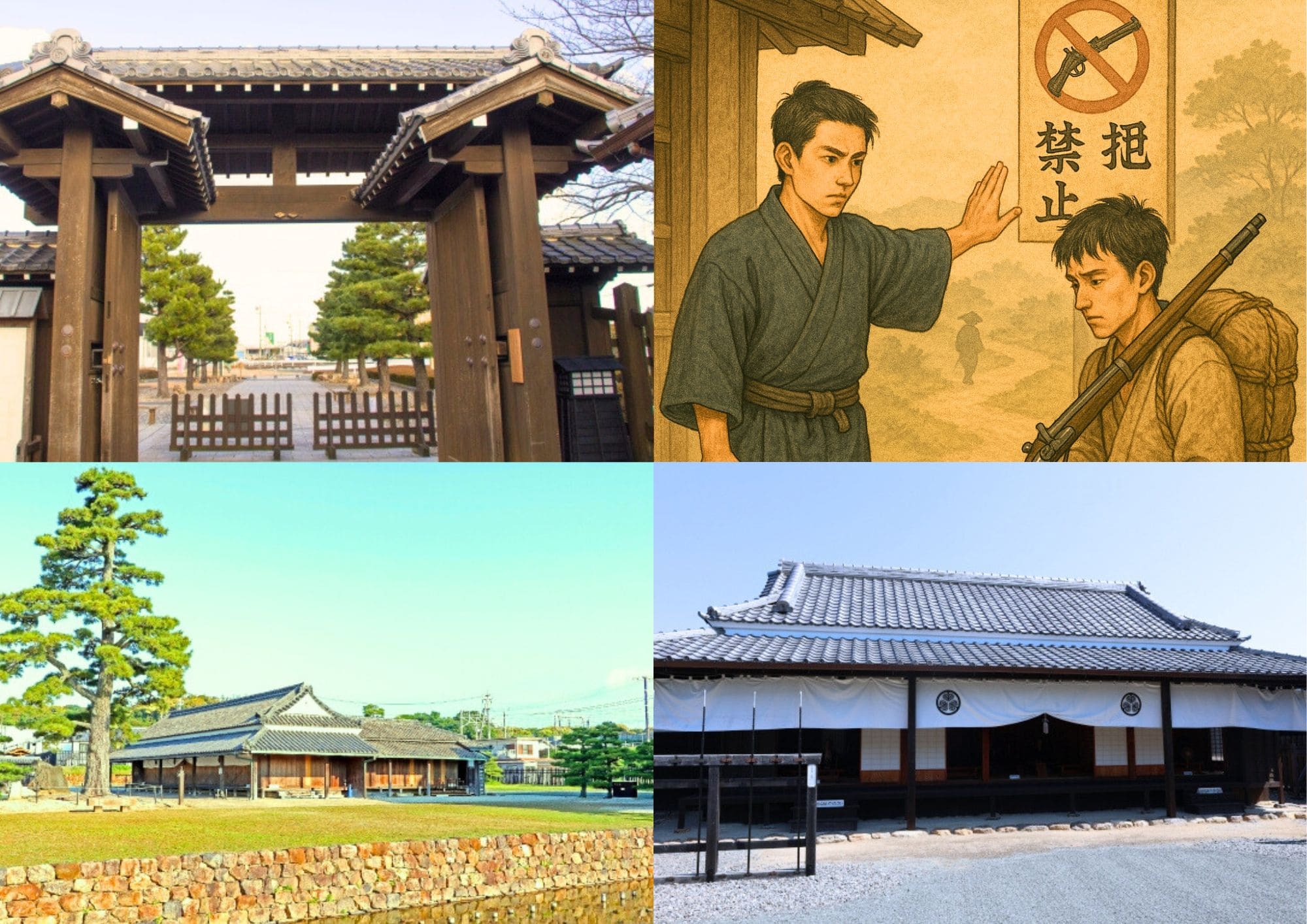
Hakone Sekisho Checkpoint is a reconstructed Edo-period checkpoint that once controlled traffic along the Tokaido route, showcasing the region’s rich history. If you’re curious about what a “sekisho” (checkpoint) was and why these facilities existed in Japan, Sekisho Meaning in Edo Period.
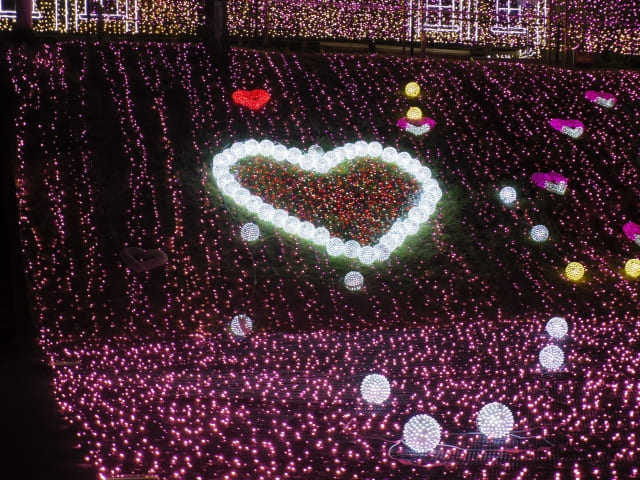
Sagamiko MORIMORI (Pleasure Forest) hosts the spectacular Illumillion event — one of Japan’s largest winter illuminations, transforming the forested amusement park into a glowing wonderland with millions of colorful lights.
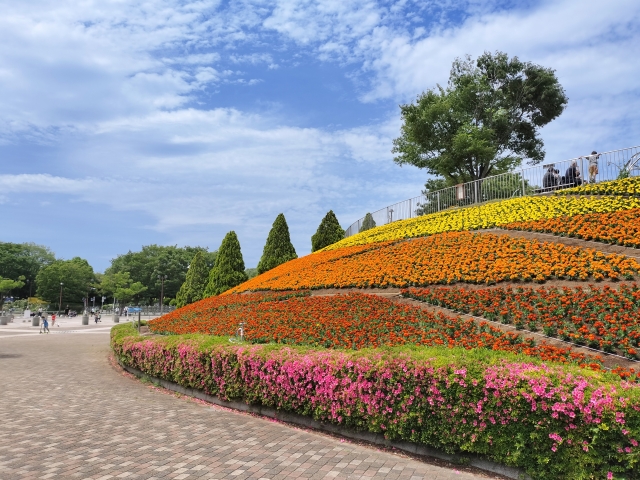
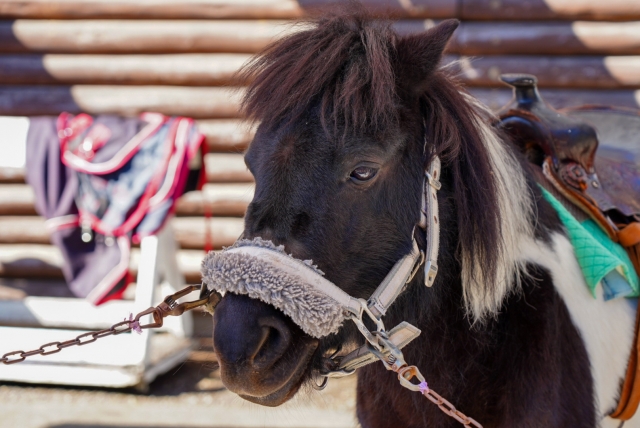
Asamizo Park offers wide lawns, seasonal flower gardens, and a charming pony riding area that’s perfect for kids and families.
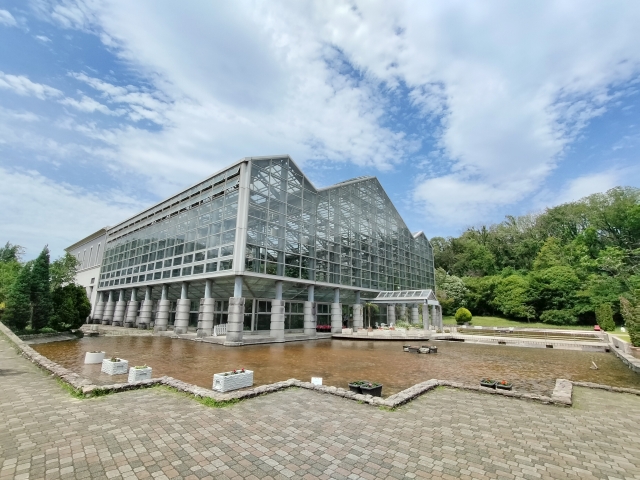
Sagamihara Prefectural Park features elegant tree-lined walkways, ponds, and large open spaces for peaceful strolls and nature viewing.
FAQ: Exploring the Japanese Countryside
1. Do I need to speak Japanese to travel in the countryside?
No, but it definitely helps. Many signs in the Japanese countryside are now in English, and locals are generally friendly and helpful. Still, learning a few simple Japanese phrases and downloading a translation app can make your trip smoother.
2. Can I get around the Japanese countryside without a car?
It depends on the location. Some areas are well-connected by train and bus, while others may require renting a car. Our destination pages include transportation tips to help you plan your countryside adventure.
3. Are tattoos allowed in countryside hot springs (onsen)?
Not always. Some traditional countryside onsen still prohibit tattoos, while others may allow them or provide private baths. We recommend checking in advance or using tattoo-cover stickers when visiting onsen in rural Japan.
4. Is the Japanese countryside safe for solo travelers?
Absolutely. The Japanese countryside is known for its low crime rate, welcoming locals, and peaceful atmosphere. Solo travelers can feel at ease, but it’s always wise to follow basic safety precautions.
5. What’s the best time to visit the Japan countryside?
Spring (March–May) and autumn (October–November) are ideal for beautiful scenery and pleasant weather. Summer can be hot but offers vibrant festivals and lush landscapes. Winter is best for snow activities and quiet retreats.
6. Will I find Wi-Fi and mobile signal in rural areas?
In most cases, yes. While some remote mountain areas might have weak signals, many tourist spots, train stations, and accommodations offer free Wi-Fi. Staying connected in the Japanese countryside is generally manageable.
7. Can I use credit cards in the countryside?
Bring some cash just in case. While more places in the Japanese countryside now accept cards and mobile payments, small local shops and traditional inns (ryokan) may still prefer cash.
8. Are countryside accommodations foreigner-friendly?
Yes, many are! From family-run guesthouses to traditional inns, most places in the Japanese countryside welcome foreign guests. We feature accommodations that are accustomed to international visitors.
9. What’s unique about traveling in the Japan countryside?
Authenticity. The Japanese countryside offers a slower pace, rich traditions, stunning natural beauty, and fewer tourists compared to urban areas. It’s the perfect way to experience the true heart of Japan.
10. How do I plan my Japanese countryside itinerary?
Start by considering your vibe. Our website allows you to search not just by region but also by mood (relaxing, adventurous, historical, etc.) to help you discover your ideal countryside escape.